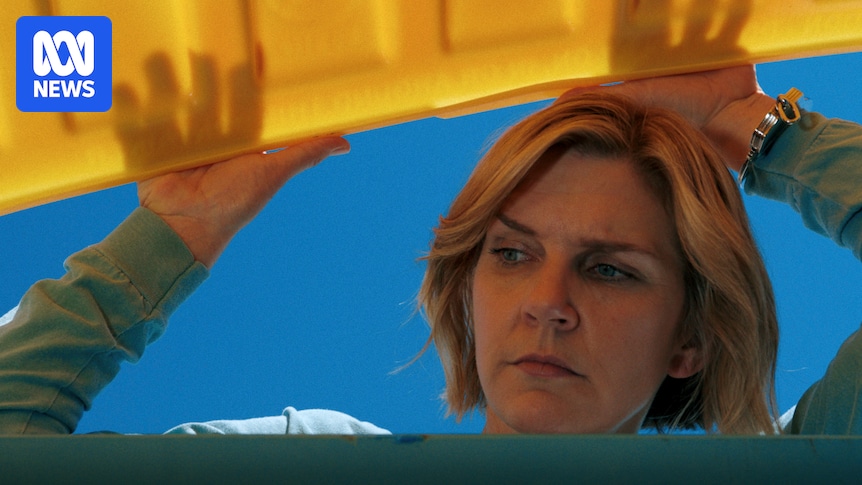The outcome of Saturday night’s College Football Playoff first round game against…
Blog
-

Historic JMU Season Ends in CFP First Round at Oregon
EUGENE, Ore. – The James Madison fans and marching band, seated in the southwest corner of Autzen Stadium chanted “J-M-U,” as the final minutes ticked away. -
Scientists Find Alzheimer’s Clues Hidden in DNA Once Dismissed As “Junk” – SciTechDaily
- Scientists Find Alzheimer’s Clues Hidden in DNA Once Dismissed As “Junk” SciTechDaily
- ‘Junk DNA’ leads to amazing breakthrough for Alzheimer’s cure The News International
- CRISPRi screening in cultured human astrocytes uncovers distal…
Continue Reading
-
Public Notice: Notice of Data Incident | News List
Notice of Data Incident
December 20, 2025 – On or around March 30, 2024, Hernando County Board of County Commissioners (“Hernando County”) became aware of unusual activity on our network. Upon discovery, we took immediate steps to secure the network and remediate the incident. We also notified law enforcement and engaged third-party specialists to investigate. The investigation determined that limited information maintained on our network may have been acquired by an unauthorized actor between March 18, 2024, to March 30, 2024.
Therefore, we initiated a comprehensive review of the information potentially involved to determine the type(s) of data contained within and to whom that information pertained. The information likely varies by individual but may include name, Social Security number, driver’s license/other state identification number, and passport number.
We are also providing potentially impacted individuals with access to credit monitoring and identity protection services. If you have questions about this incident or would like to enroll in the credit monitoring and identity protection services, please call 833-792-0486 between the hours of 8 AM and 8 PM ET (excluding major U.S. holidays). You may also write to us at 20 N. Main Suite #460, Brooksville, FL 34601.
In general, we encourage potentially impacted individuals to remain vigilant against incidents of identity theft and fraud by reviewing credit reports/account statements and explanation of benefits forms for suspicious activity and to detect errors. Under U.S. law, individuals are entitled to one free credit report annually from each of the three major credit reporting bureaus, TransUnion, Experian, and Equifax. To order your free credit report, visit www.annualcreditreport.com or call 1-877-322-8228.
Individuals have the right to place an initial or extended fraud alert on a credit file at no cost. If individuals are a victim of identity theft, they are entitled to an extended fraud alert lasting seven years. As an alternative to a fraud alert, they have the right to place a credit freeze on a credit report. The credit freeze is designed to prevent credit, loans, and services from being approved without consent. Pursuant to federal law, individuals cannot be charged to place or lift a credit freeze on your credit report.
Should you wish to place a fraud alert or credit freeze, please contact the three major credit reporting bureaus listed below:
TransUnion Experian Equifax 1-800-680-7289 1-888-397-3742 1-888-298-0045 www.transunion.com www.experian.com www.equifax.com
Individuals can further educate themselves regarding identity theft, fraud alerts, credit freezes, and the steps to protect their personal information by contacting the credit reporting bureaus, the Federal Trade Commission (FTC), or their state Attorney General. The FTC also encourages those who discover that their information has been misused to file a complaint with them. The FTC may be reached at 600 Pennsylvania Ave. NW, Washington, D.C. 20580; www.identitytheft.gov; 1-877-ID-THEFT (1-877-438-4338); and TTY: 1-866-653-4261. Instances of known or suspected identity theft should also be reported to law enforcement, the state Attorney General, and the FTC.
Continue Reading
-
Hybrid micromagnetic and atomistic modeling of magnetization dynamics induced by engineered defects
Žutić, I., Fabian, J. & Sarma, S. D. Spintronics: Fundamentals and applications. Rev. Mod. Phys. 76, 323. https://doi.org/10.1103/RevModPhys.76.323 (2004).
Fert, A. Nobel lecture: Origin,…
Continue Reading
-

Okorie Breaks Freshman Record, Card Downs Colorado – Stanford Cardinal
PHOENIX – Led by a dominant performance from freshman Ebuka Okorie, Stanford men’s basketball rolled to a 77-68 victory over Colorado in the Hall of Fame Series Phoenix at Mortgage Matchup Center. Stanford improves to 10-2 on the season with…
Continue Reading
-

How staying quiet led Pluribus to be one of the most talked about shows of 2025
Right up until its series premiere in October, people didn’t know what Apple TV’s latest show Pluribus was about.
They knew it starred Rhea Seehorn (Better Call Saul); they knew it was the brain child of television royalty Vince Gilligan; they…
Continue Reading
-

Ashes third Test: Australia and England player ratings
Jake Weatherald – 2 – Quiet game after a promising start to his Test career. Would be a potential Australian weakness for England to exploit had the Ashes not already been lost.
Travis Head – 8 – Any flicker of hope England might have had was…
Continue Reading
-
Access Denied
Access Denied
You don’t have permission to access “http://www.business-standard.com/cricket/news/india-vs-pakistan-live-streaming-where-to-watch-u19-asia-cup-final-today-125122000570_1.html” on this server.
Reference…
Continue Reading

